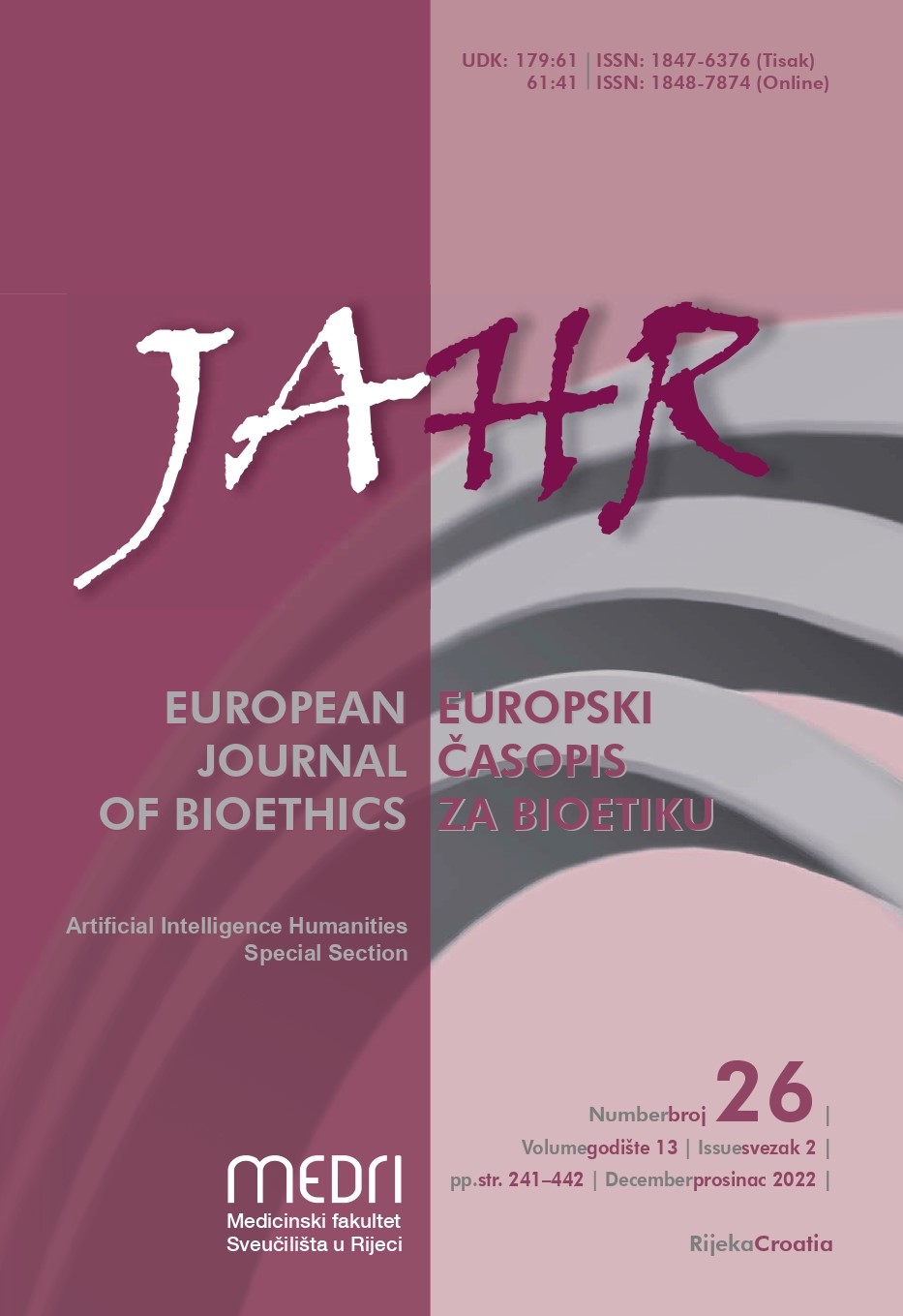Bioethics, Art and Body Cathexis in Persons With Disabilities
Keywords:
bioethics, art, universal aesthetics, disability art, body cathexisAbstract
https://doi.org/10.21860/j.13.2.1
Self-assessment and social reception of the physical appearances of people with disabilities take place in a very demanding and challenging area in modern society. For this reason, effort has been made to promote the “disability aesthetics” in order to emphasize the importance of accepting “bodies” that differ from the desirable, socially determined aesthetic representation. As part of this attempt, art should also be considered as an interesting medium, since it can promote the universality of aesthetics and reveal beauty in its imperfection and incompleteness by playing with acceptable elements of form. It is, in fact, something different and incomprehensible combined with an acceptable aesthetic form that expresses the unity of opposites, as well as the experience of diversity and magnificence of the human body. In this sense, it is not not only social sensitization towards bodily imperfection that is being promoted, but also the positive body cathexis, which has one of the crucial roles in defining self-experience and in forming one’s emotions, ideas, and behaviors. In this regard, interdisciplinary collaboration should be the basis for choosing new paradigms and aesthetic criteria, according to which each individual, despite their “incomplete beauty”, would be a metaphor for something special, unrepeatable and unique. Ultimately, such belief can help one achieve a sense of self-satisfaction and self-fulfilment as one of the fundamental achievements of one’s own existence.
Downloads
Published
Issue
Section
License
Authors who publish with this journal agree to the following terms:
- Authors retain copyright and grant the journal right of first publication with the work simultaneously licensed under a Creative Commons Attribution License that allows others to share the work with an acknowledgement of the work's authorship and initial publication in this journal.
- Authors are able to enter into separate, additional contractual arrangements for the non-exclusive distribution of the journal's published version of the work (e.g., post it to an institutional repository or publish it in a book), with an acknowledgement of its initial publication in this journal.
- Authors are permitted and encouraged to post their work online (e.g., in institutional repositories or on their website) prior to and during the submission process, as it can lead to productive exchanges, as well as earlier and greater citation of published work (See The Effect of Open Access).



